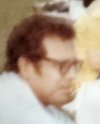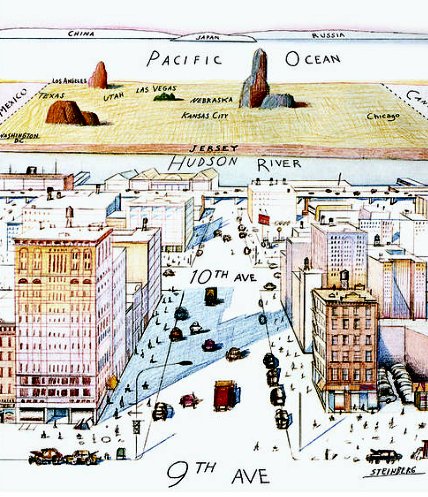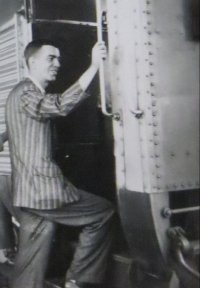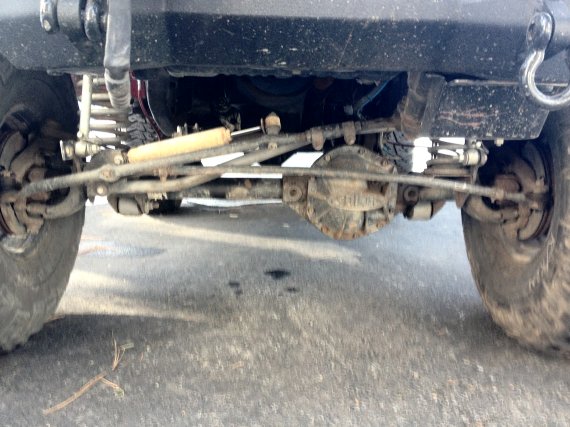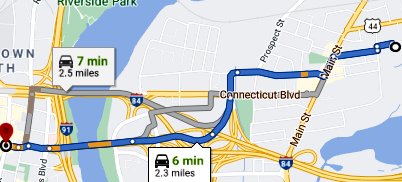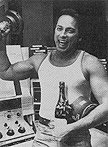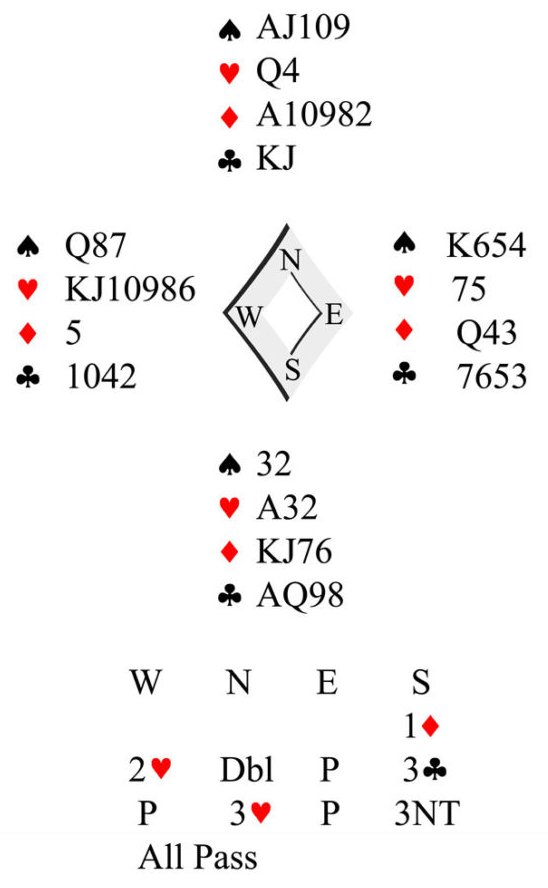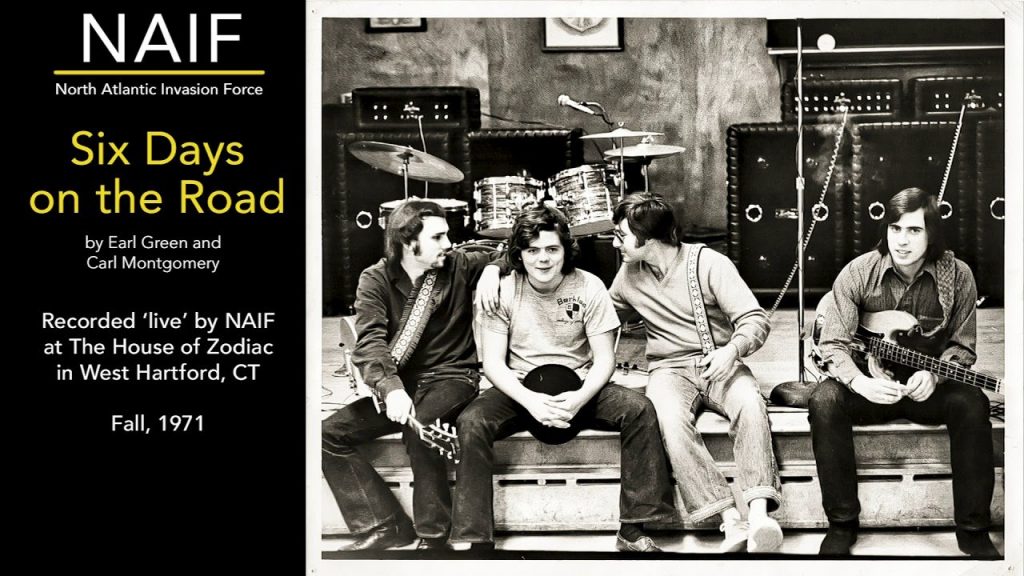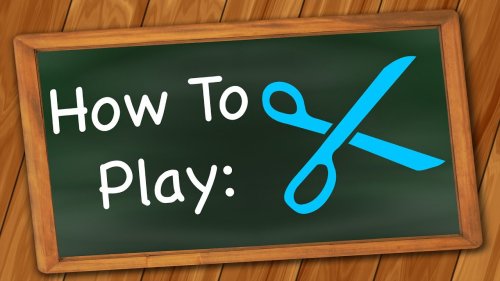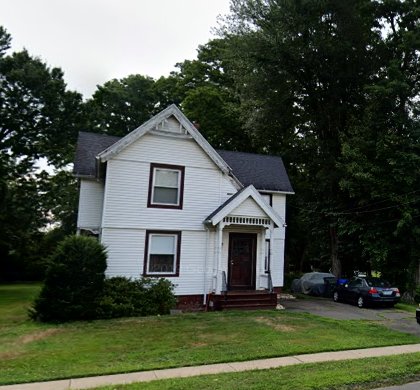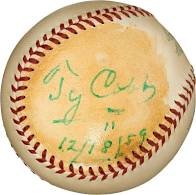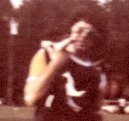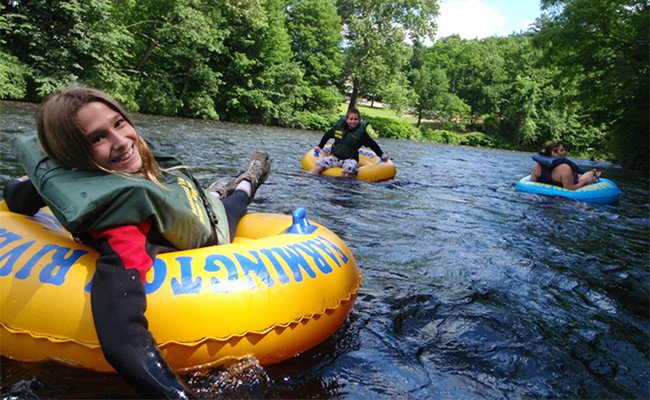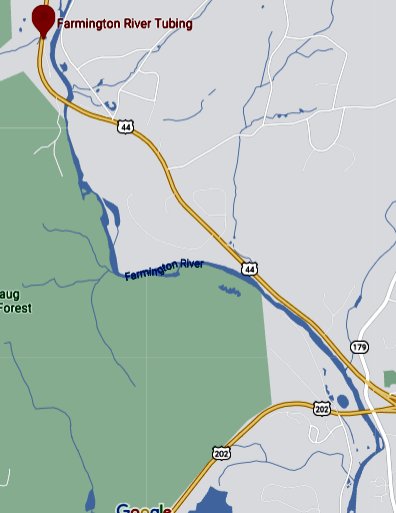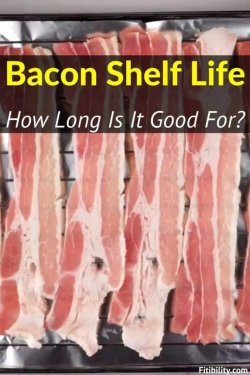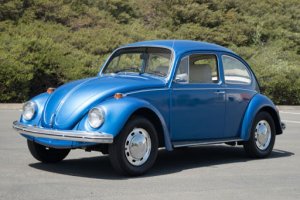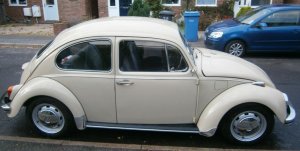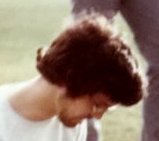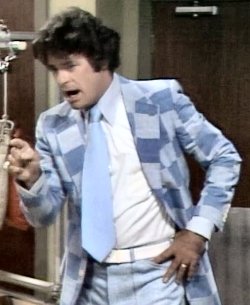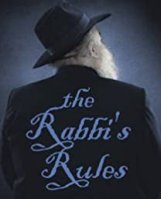Sue and I had a pretty full life outside of the Wayne State Forensics Union. Continue reading
Sue’s Jobs
Brothers Specifications: One of the main reasons that we moved to Detroit from Plymouth was so that Sue could be closer to her job at Brothers Specifications. The company employed a diverse group of people to provide detailed information to the federal department of Housing and Urban Development about abandoned houses in Detroit. Unlike virtually every other local enterprise, as Detroit’s deterioration increased Brothers’ business improved.
The founder and president, Bob Begin1 (accent on first syllable), was a former Catholic priest. Several other employees were also formerly part of the Catholic clergy. In a way, Brothers was a lot like the Wayne State Forensics Union (FU). Many social activities designed to promote camaraderie among the employees occurred. Most of these people knew how to party.
Sue and I both bowled on a team in a league that included a lot of Brothers people. I do not have strong enough wrists to bowl very well, and so I was often frustrated. Sue was good friends with a young woman named Carol Jones who worked at Brothers and was on our team. She threw a very slow back-up ball, the first that I had ever seen.
Carol got married to a guy named, I think, Jim, who was a designer or engineer for General Motors. We went to their wedding, and Sue took a lot of photos. Here are a few of them.
We went to see Close Encounters of the Third Kind and The Empire Strikes Back with Carol and her husband. In both cases Sue and I had no idea what either movie was about. We both like Encounters better. Of course, our opinion might have changed if we had seen Star Wars2.
Sue was riding in Carol’s car one day when their car was T-boned at an intersection by another vehicle. Neither Sue nor carol was injured, but it was a scary situation for them. The car that hit them was fleeing the police. The people in the car had guns, and the police had rifles. The cops screamed at Sue and Carol to take Carol. Just another day in Detroit. Other scary situations are described here.
Brothers also had a slow-pitch softball team, and they let me play on it. I no longer had my magical swing from the days of the Mean Reserves, but at least I got some exercise. We played our games at Softball City, a huge complex at 8 Mile and State Fair. Our manager was Frank Yee, Sue’s boss.
I remember one event very vividly. At the time I prided myself on being a smart base runner. Frank was in the coaching box near third base. I was on first base when someone hit a line drive to the outfield. As I ran to second I saw that no one could catch the ball on the fly. I rounded second. Frank gave no signal, and so I kept going. As I approached third base, Frank stuck out his right hand toward home plate.
Everyone who has ever watched a baseball game at any level knows that there are three universally recognized signals for third base coaches: 1) Both hands up: stop here; 2) Both hands down: slide and stop here; 3) Windmilling with one arm: keep running past this base. Holding out one hand means nothing. Never has; never will.
I kept going and was tagged out. Frank reproved me. “You missed the sign.”
I was furious at him. If he did not know the signals, what was he doing in the coaching box? After a few games I stopped taking it so seriously. We had some talented players, but some guys on our team did not even understand the rule about “tagging up” after a fly ball.
I found a photo album of Sue’s time at Brothers. Here are some samples.
Sue made two good friends at Brothers, Paul DesRochers (pronounced like Durocher) and Eddie Lancaster. We visited Paul several times for supper. He introduced us to rib steaks, which, at the time were much cheaper than T-bones or porterhouses. He also taught us about heating up plates before putting hot food on them.
Eddie was a big guy and an athlete. There was a volleyball net in the side yard of the building that housed Brothers. One evening after work Eddie and Sue were playing on the same team, but he accidentally smashed her in the face and broke her nose. I had to take her to the Emergency Room. Trust me; Emergency Rooms at Detroit hospitals in those days were not pleasant places.
After Eddie left Brothers he moved to Brooklyn. In 1981 he invited Sue and me to his Halloween party there. We decided to attend, even though it was a long drive from our house in Rockville. Sue dressed as Peter Pan, and I came as a nerdy college professor, i.e., sans costume. I cannot say that I enjoyed it much. Hanging around with drunk strangers in costumes was not my idea of fun.
Gene and Henry: At some point in 1979 Sue tired of working for Frank. She accepted a position at a company run by two guys named Gene Brown and Henry Roundfield. They had both been salesmen for IBM who had decided to work as semi-independent agents specializing in marketing the low end of IBM hardware. Their company had a name, but I don’t know what it was. In the late seventies they sold a few 5110 computers3 together with IBM’s Construction Payroll package to local bunsinesses. Their offices were in an abandoned auto dealership in Highland Park, MI.
Gene and Henry did not seem to anticipate that their operation would require much technical knowledge. After all, IBM’s ad for the computer quoted a user who claimed, “If you can type and use a hand-held calculator, you have all the skills necessary to operate a 5110.” The company had two other employees—a part-time young man who liked to play with the code and a secretary/receptionist named Bubbles whose previous experience was at a topless joint.
They hired Sue to help their customers make necessary changes to their software, which was all written in the BASIC programming language. She soon determined that there were a few problems. One of their customers also wanted some accounting software. Gene and Henry had the customer license the general ledger and accounts payable software sold by AIS, a software development company based in Overland Park, KS, the town in which I had gone to grade school. Gene and Henry also installed this software in other systems that they sold, but they did not purchase additional licenses from AIS.
There was one additional problem. If anyone ever changed any of the code, as was easily done on the 5110, it almost certainly violated the license agreement. The young man whom Sue replaced had modified the programs, and Sue was expected to do the same.
No developer would fix any problems if the code had been modified without an open-ended purchase order. Even then, the customer’s problems will be the developer’s lowest priority. No one wants to clean up someone else’s garbage.
Gene and Henry had quite a few customers, but many of them were unhappy with the software. Sue’s job was to learn the two systems and make the customers happy while Gene and Henry … well, I don’t know what they planned to do.
Eventually Gene and Henry realized that they were in over their head. Before the customers began to get the tar and feathers ready, they offered Sue a proposition. She could set up her own company as a programmer who maintained the systems. They would give all of their customers to her. She could even have an office in their lovely headquarters in the murder capital of the United States. Sue decided to go for it. She registered a DBA for TSI Tailored Systems4, an entity that survived the dog-eat-dog environment of software development for thirty-five years. Sue then purchased a used steel credenza and somehow transported it to the office in Highland Park.
Sports
Jogging: Throughout our time in Detroi. I jogged a few miles two or three days per week pretty consistently whenever the weather permitted. Wayne State had a jogging track. When I ran there I often saw a professional boxer (whose name I don’t remember) work out there. He ran about as fast as I did, but he had weighted gloves on and punched the air as he ran. Debbie McCully ran on the track with me there a few times in the summer of 1978.
Sometimes I just ran around the streets adjoining our house on Chelsea. Occasionally I ran in Chandler Park. Once I stepped in a hole there and turned my ankle. I had to limp home. That was not fun.
Golf: I played golf at least once with Scott Harris and his father. Scott and I might have also played together once.
I played once with Kent Martini and, I think, Jerry Bluhm, as well. I remember that Jerry remarked that he had never seen anyone swing as hard as I did. I am not sure that that was meant as a compliment.
Baseball/Softball: I played one season on the team sponsored by Brothers Specifications. I have a vague recollection of substituting once or twice on the team that Debbie McCully’s boyfriend played on.
I am pretty sure that I went to one Detroit Tigers game in Tiger Stadium. I don’t remember who was with me. The Royals might have been the opponents.
Football: I saw the Lions play once in the Silverdome in Pontiac. It was more like going to a movie than attending a football game. I did not feel like I was in any way involved in the action. Even the games in the old Municipal Stadium in Kansas City were more intense. I don’t remember who won the game that I viewed or even who played against the Lions.
I did not attend any Wayne State football games or U-M games. I was still addicted to watching the Wolverines on television whenever they appeared.
Cars
My recollection is that both Greenie and Sue’s Dodge Colt went the way of the Dodo in 1979. Greenie was fine if I could get it started, and I brought it in several times to address this issue. The repairmen were stumped. In the end I paid $50 to have it towed to a junkyard. Sue put at least two new engines in her Colt before it threw its last rod.
Sue bought a gigantic Plymouth Duster. Unlike our previous (and subsequent) cars, this one had automatic transmission.
I don’t know why Sue bought it. Neither does she, but she thinks that someone must have given her a deal. Also, it was considered a good idea to own an American-made car in Detroit in those days.
My most vivid memory of this beast was the time that I had to change its right rear tire in a sleet storm on a steeply sloped ramp of an exit from the Ford Freeway. It kept falling of of the jack. Although I did not get injured, I was definitely not in a good move when I finally reached home.
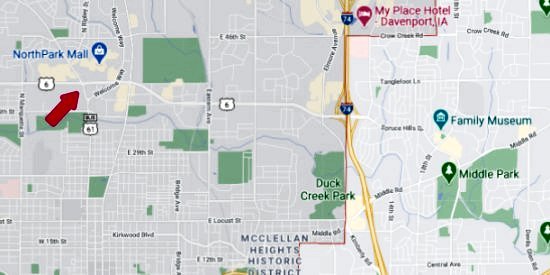
At some point my sister Jamie got married to Mark Mapes. They lived in Bettendorf, IA. They had two daughters together, Cadie and Kelly. I think that Cadie was born on October 31, 1977. Kelly was a couple of years younger.
Jamie once told me that she had invited me to her wedding, but neither Sue nor I remember receiving an invitation. We did get an invitation to come visit them in Iowa. We did so in (I think) either the summer of 1979 or 1980.
We took the Duster, and Sue did most of the driving. Our clearest memory of the trip is the motel that we stayed in. It was called the Tall Corn. We stayed one or two nights.
I think that Cadie was an infant. I don’t remember if Kelly was around yet. it seems to me that we attended some kind of athletic contest, but the memory is very dim.
I think that after the visit we drove directly back to Detroit. We did not make a vacation out of it.
My parents came to visit us once in Detroit. They liked our house a lot, but they did not like the neighborhood at all. They were visibly upset at the loops of piano wire that several businesses had put on the fences surrounding their property and the bullet-proof cashier’s cages. Neither of these was commonplace in Leawood, KS.
I am pretty sure that the four of us drove to the Renaissance Center, where my parents could feel a little safer. We may have even gone inside one of the towers.
I remember that we also drove up to Southfield to the Golden Mushroom for supper. Since Debbie McCully waited on us, I think that this visit must have occurred in 1978. She got all of our orders right without writing anything down. My parents and I were very impressed that she could do this. I don’t remember what I ordered, but I do recall that it was delicious.
On at least one occasion we visited Damon Panels at his home in one of Detroit’s northern suburbs. I remember him telling me that he did not know whether anyone had paranormal powers, but he was certain that nobody who had them had ever been on the Tonight Show. He gave me a short rendition of how he had watched Johnny Carson and James Randi foil Uri Geller in a live performance.5
I bought Randi’s book about Geller and devoured it. I was astounded. Before he became world-famous for his amazing psychic powers Geller had been a professional magician who performed many of the same tricks. Not only that: the guy who helped him with his magic act later assisted with his psychic miracles! Clearly Geller was (and still is!) a fraud.
I did some more reading on the subject, and it had a profound effect on me. I not only stopped believing in psychics. I stopped believing in anything. I stopped going to mass cold turkey. One Sunday I went; after that the only time was for my relatives’ funerals. I became a dyed-in-the-wool skeptic. I took a first-negative approach to life. I say “I think …” a lot but almost never “I believe …”
Damon also came with us on a visit to Greenfield Village, the open-air museum built by Henry Ford in Dearborn. We had a very pleasant time there.
We made one trip to Enfield to see Sue’s family. I think that we took a commercial flight to Hartford from Metro Airport. We stayed a week or so.
By that time Sue’s sister Karen had married Buzzie LaPlante and had just given birth to their son, Travis. Sue’s dad, Art, had purchased a CADO computer from Desco Data Systems6 to use in their businesses in which Karen was employed. Art asked us to help Karen get it set up and functioning correctly.
Sue and I took a look at it, but its approach was so different from what we were accustomed to that it was difficult for us to be of much assistance.
The system that they bought had very little RAM, maybe only 3K! Each program module therefore had to be very short, and dozens of modules had to be linked one another to get anything done. Debugging was virtually impossible without a map of how the modules were connected. It seemed very primitive to us.
I am pretty sure that we flew back to Detroit in Art Slanetz’s airplane. It was fun to fly in his plane. I remember that we had a very good view of Niagara Falls.
The only scary part was the landing at Detroit City Airport7. Art just sort of positioned the plane at a forty-five degree angle from the runway and let it fall. Although this was not the primary airport for the Detroit region, it was a lot busier than the one that Art was accustomed to using. He made some kind of mistake, either in not notifying someone or not doing it the required way. After he landed the guy in the tower made him report there. Art was definitely embarrassed.
I think that Art just gassed up his plane and flew back to Connecticut. I have no recollection as to how Sue and I arrived back at our house, but it was a short drive. Maybe we took a cab.
But what about the pets? Since we took an airplane to Connecticut, we could not have brought them along.
We still had Puca, but he was not a major concern. He had gone without food and water for longer periods than a week. Besides, who could we ask to snake-sit? I don’t remember if we had any mice at the time. I certainly did not kill any, and I also don’t remember releasing any. We would not have left them with anyone, and we would not have left them alone in the house either.
We certainly had some guinea pigs. I am not positive, but I think that we gave away at least two of the baby guinea pigs to a Filipino family that Sue knew from her job at Brother Specifications. Sue doesn’t remember his last name, but the people at Brothers called him Fil. I think that we might have left Charlie and Loretta with Fil’s family event though Sue was afraid that they might eat them.
We kept in touch with Elaine Philpot after we moved to Detroit. Sue often went to see her perform, and I went with her when I could. Elaine and her daughter also came to visit Sue one time while I was on a debate trip. Sue took some photos.
Food
Most of the time Sue and I ate at home. We had to drive a long way to get to a decent supermarket, but if we only needed one or two items, a local market was less than two blocks away. We took turns cooking. We bought a small hibachi that we used when we wanted steaks or hamburgers.
For fast food we went to Taco Bell or KFC, but our favorite local place was on Gratiot Avenue, the weird street that runs at a forty-five degree angle to all the others. This small restaurant had no waitresses. You ordered your meal at a counter behind which or four roasts—beef, pork, chicken, and ham—that they would slice to order. The also had a selection of vegetables, breads, and desserts. It was simple but delicious.
Once when we reached the front of the line I spotted a mouse on the counter near a juice dispenser. I consulted with Sue as to whether I should seize it by the tail—I was quite adept at the maneuver—and show him to the staff. She advised against it, and I concurred.
The best thing about Detroit was its restaurants. There were outstanding restaurants of every description in the area. I am sure that we must have occasionally stumbled into a restaurant with mediocre food, but I cannot remember ever having done so.
The best pizza restaurants were Shield’s and Buddy’s (as described here), but we enjoyed really good pizza at several other locations as well.
For Mexican food it was worthwhile to make a trip to the area of town that we called Mexican Village, which is also the name of the largest and oldest restaurant there. We usually patronized another smaller restaurant in Mexicantown, as it is apparently now called. I don’t remember the name. We also frequented a less authentic establishment in Livonia. The attraction there was the strolling mariachi band.They even had a trumpet player. Sue liked to sing along to Cielito lindo.
The other ethnic attraction was Greektown. At least four or five Greek restaurants that fiercely competed for patronage. They were all good. We definitely had a favorite, New Hellas8. Sue was in love with the moussaka that was served there, as well as quite a few other dishes.
Greektown has changed dramatically in recent decades. The local establishments have been outnumbered and outflanked by chain restaurants. The proximate causes of these changes are Comerica Park, home of the Detroit Tigers and a towering casino that dwarfs the traditional two-story buildings. I don’t think that I would recognize the area at all.
Parties
When Sue was working at Brothers Specifications, she sometimes invited people over to our house on Chelsea. This usually occurred when I was out of town.
I threw two parties for members of the FU in the basement of our house. The theme of one of them was “Once a novice always a novice.” Everyone was invited to tell the most embarrassing story of his/her experience as a novice on the debate circuit. I told about how my knees knocked together in my first high school debate. It was a victory, but it was followed by fourteen consecutive embarrassing losses with at least two different partners. I think that the people in attendance voted someone’s novice story as the best, but I don’t remember the details.
The big event was my thirtieth birthday party. I sent invitations to everyone in the FU. The theme of the party was that since I was turning thirty, I could no longer be trusted. The attendance was good. I got some cool gifts, including a framed portrait and an action figure of Wonder Woman, both of which still adorn my office. The star of the party was Debbie McCully, who showed up in a Wonder Woman outfit.
There are photos of this event somewhere in our current house. If I locate them, I will post them.
I bought myself a present on that same day, the “Basic Set” of Dungeons and Dragons. The game became something of an obsession with me and a lot of my friends, as is described here.
Television
Sue and I did not watch a great deal of television while we were in Michigan, but I remember that we got hooked on at least four of them (in addition, of course, to the two Wonder Woman shows).
The first episode of Dallas was aired on April 2, 1978. I am not certain that Sue and I watched it, but I am quite certain that we watched most of the subsequent 356 episodes. For us one of the highlights was the theme music played at the beginning of the show. I always whistled along and most of the time at least one of the guinea pigs would whistle with me.
My favorite character was the patriarch, Jock Ewing, with his gigantic Lincoln Mark V sporting the EWING 1 license plate. My favorite line occurred when J.R. was about to crush Cliff Barnes: “You’ve got to leave a man some dignity, J.R.”
The worst moment in the show’s history was when Bobby Ewing was brought back with the explanation that the previous season was a dream.
One benefit of living in the Detroit area was that the strongest television signal came from the Canadian station CKLW. We found a few interesting shows there and one outstanding one, Second City Television, also known as SCTV. This show had many outstanding comedic actors, most of whom went on to enjoy stellar careers in the U.S. Most people whom I knew in Detroit never watched CKLW. I told many of them about SCTV.
My favorite characters were the McKenzie Brothers, Moe Green with his “Dialing for Dollars” quizzes, and Bobbie Bitman, the sideman who became an acTOR and a direcTOR. Our favorite line was John Candy’s, “It blowed up good; it blowed up real good.”
The public television station carried episodes of Monty Python’s Flying Circus. This was another show that I discovered on my own while desperately spinning the dial while searching for something watchable. I alerted many people to the brilliance of the Pythons.
There were many recurring bits that I loved. Some, such as “The Larch”, were never explained. Others, like the tennis-playing blancmange, were beyond ridiculous. At the time my favorite was probably the “Ministry of Silly Walks”. I had a tee-shirt that portrayed it. A woman once saw it and mistook me for a missionary.
Over the years, however, the “Spanish Inquisition” sketch (another tee shirt) has proven to have had the biggest effect on my life. My all-time favorite line on any show was “No one expects the Spanish Inquisition! Our chief weapon is surprise, fear and surprise; two chief weapons, fear, surprise, and ruthless efficiency! Er, among our chief weapons are: fear, surprise, ruthless efficiency, and near fanatical devotion to the Pope! Um, I’ll come in again…”
Everyone loved Saturday Night Live. I thought that the quality fell off after the first few years, but Sue still watches it with great regularity.
My all-time favorite television episode was on none of those shows. It was episode 8 of season 4 of the Bob Newhart Show, “What’s it All About, Albert.” Bob’s first patient, Mr.Carlin, has reverted to his original symptoms. Bob is ready to quit his practice, but instead he seeks out his mentor, Dr. Albert, played by Keenan Wynn with a white beard. He claims to have discovered the secret of life. Bob takes out a notebook and pencil. “Golf,” says Dr. Albert. “G-O-L-F, golf.”
1. In 2020 Bob Begin and his family had for over three decades been running a winery and bed-and-breakfast in Old Mission Peninsula the long narrow strip of land north of Traverse City that separates the two bays. You can read his story here.
2. In 2021 I still have not seen it.
3. Details about the 5110 can be found here.
4. The first year of TSI is explored here.
5. The whole painful event can be viewed on YouTube here.
6. Desco had a building in the industrial park in which I ran after work at TSI. The building was left unoccupied for many years after Desco went out of business. I don’t know the current status.
7. In 2003 the name of the airport was changed to Coleman A. Young International Airport. That is quite a mouthful for an airport that in 2021 has no scheduled commercial flights. It is still listed as an asset on the city’s books, however.
8. The New Hellas in Greektown closed in 2008. An unrelated restaurant with the same name subsequently opened in Farmington Hills.


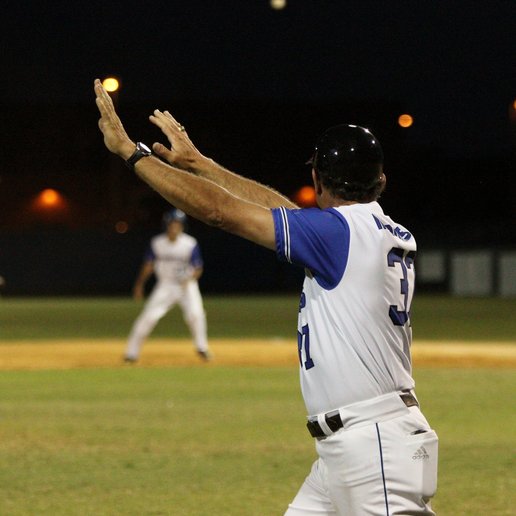

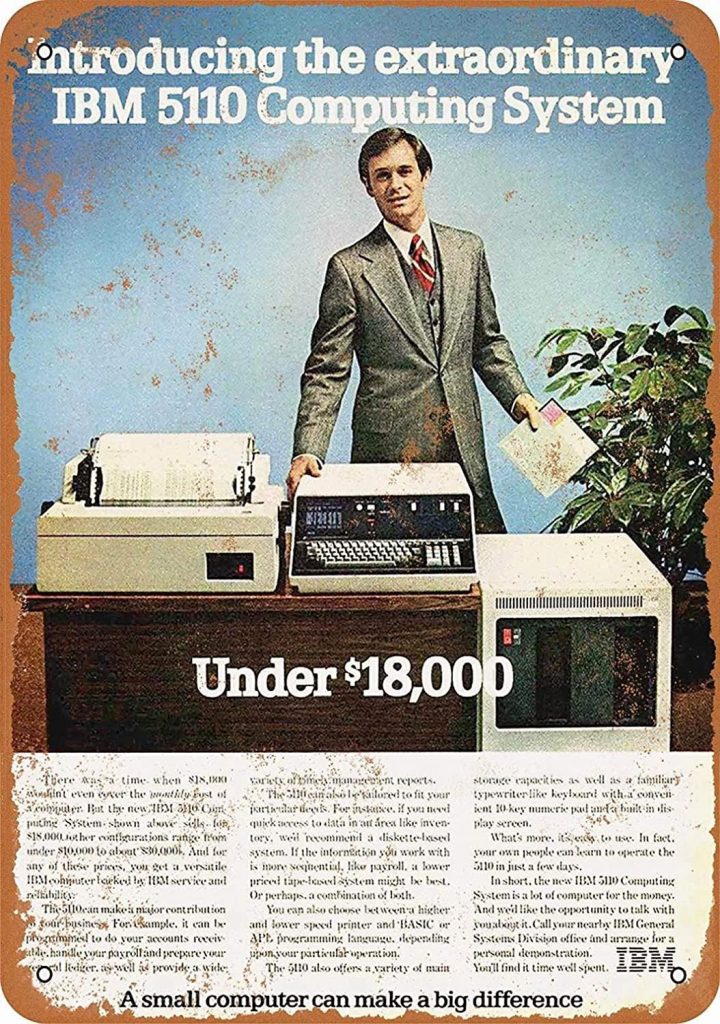
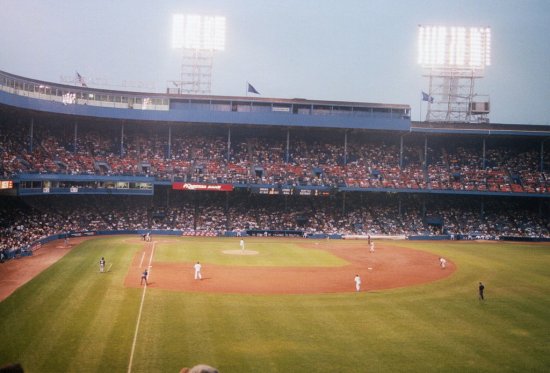

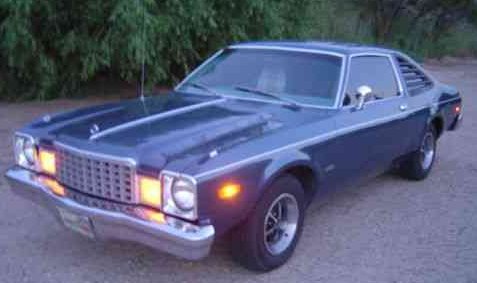
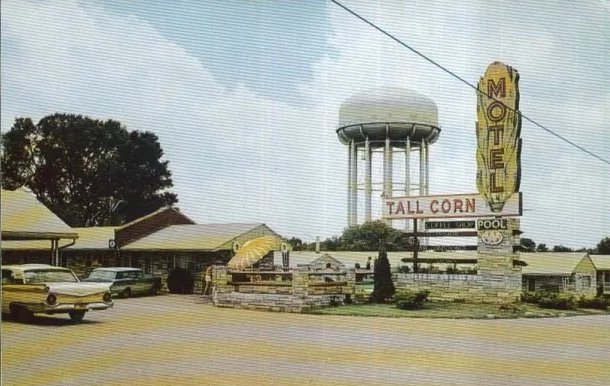
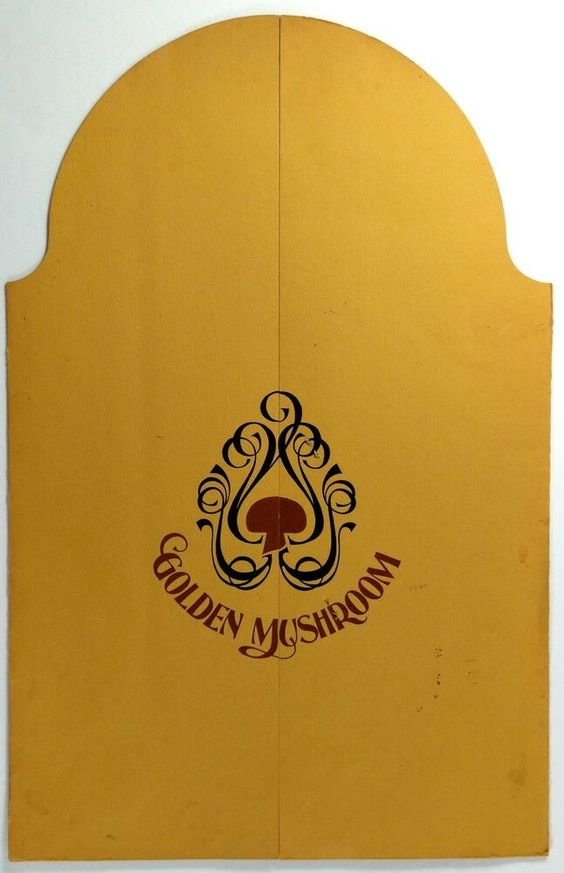
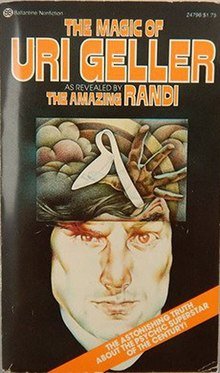
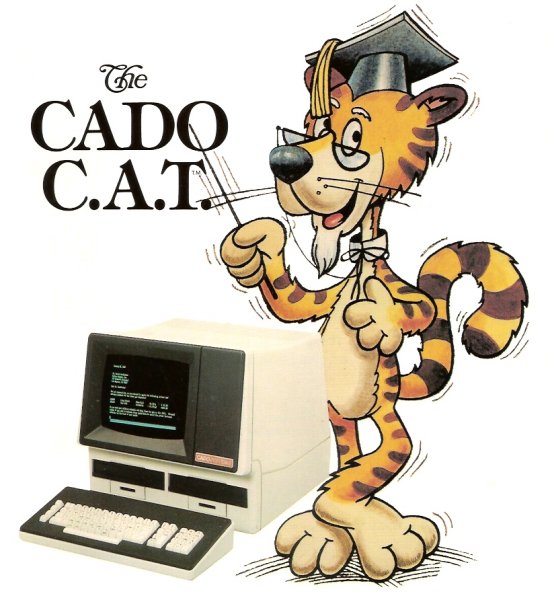
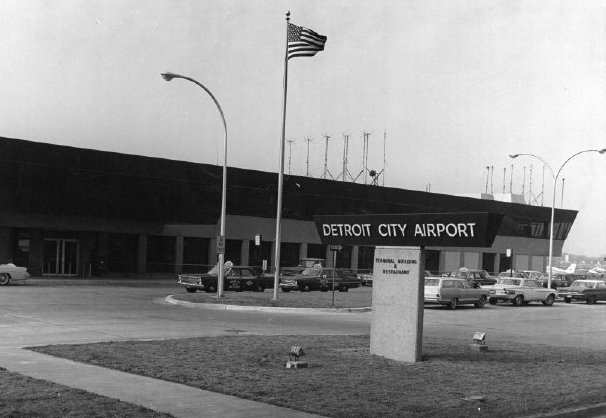
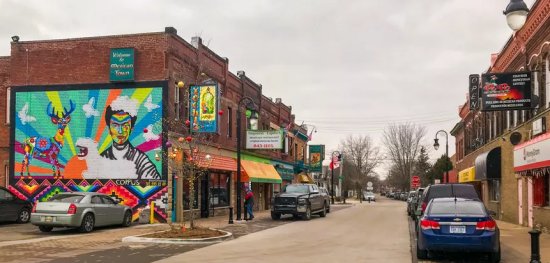

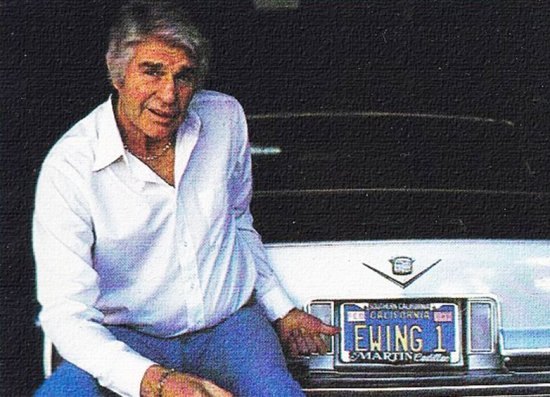
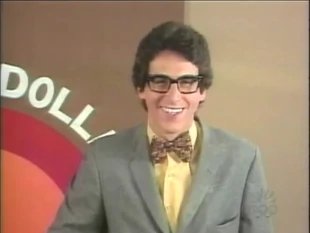
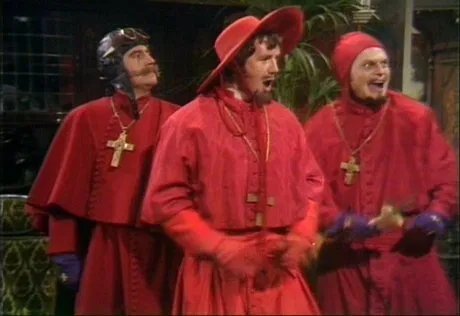

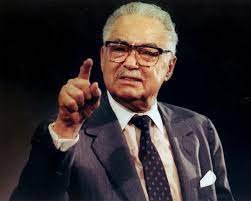
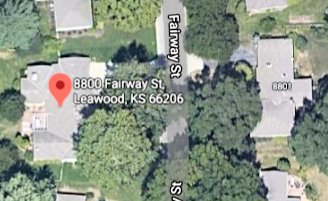
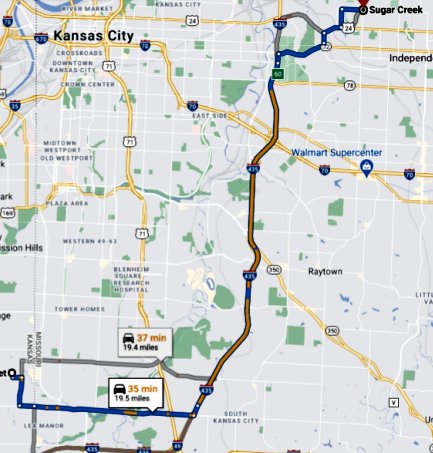
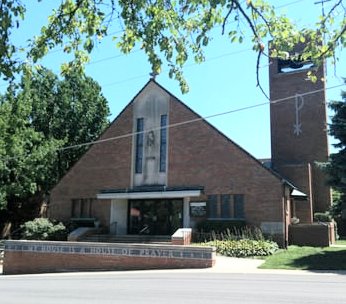


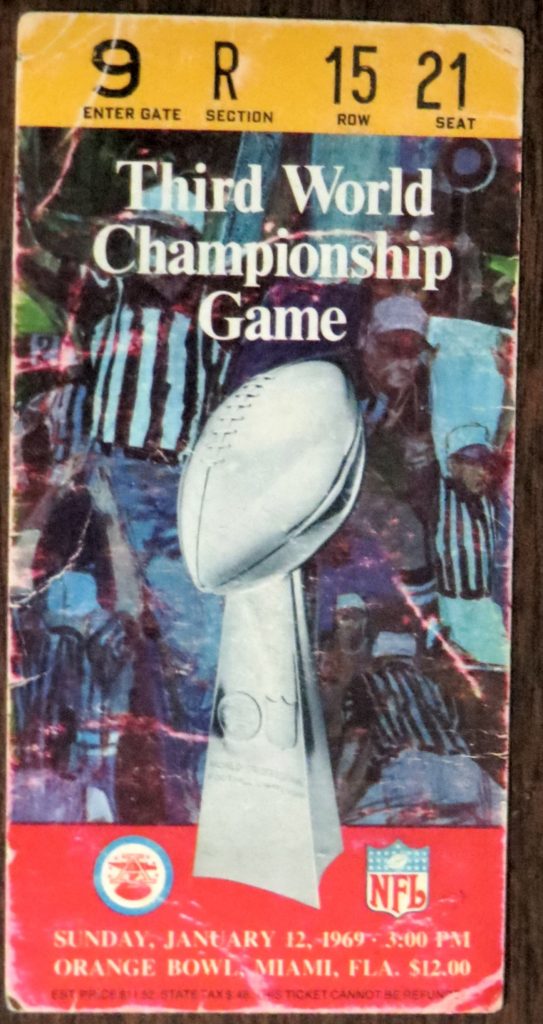
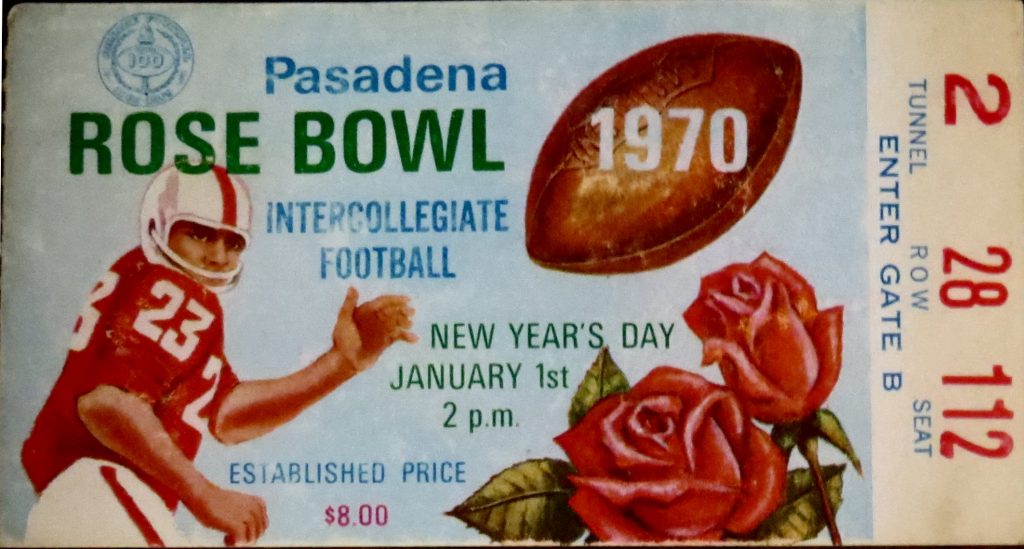
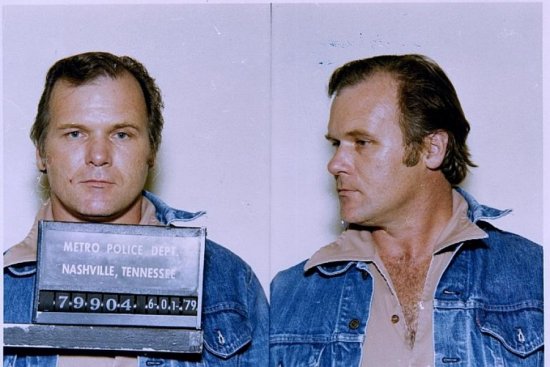 2. This horribly unimaginative song tied “California Dreamin'” as Billboard’s top song of 1966. Surely this was the worst song ever to become so popular. Sadler was a medic in Vietnam. His one hit made him a lot of money, but his life subsequently went quickly downhill. In 1979 he was charged with second-degree murder and pleaded guilty to voluntary manslaughter in Nashville. He went to prison for thirty days. In September of 1988 he was shot in the head in a taxicab in Guatemala City. He died early the following year.
2. This horribly unimaginative song tied “California Dreamin'” as Billboard’s top song of 1966. Surely this was the worst song ever to become so popular. Sadler was a medic in Vietnam. His one hit made him a lot of money, but his life subsequently went quickly downhill. In 1979 he was charged with second-degree murder and pleaded guilty to voluntary manslaughter in Nashville. He went to prison for thirty days. In September of 1988 he was shot in the head in a taxicab in Guatemala City. He died early the following year.